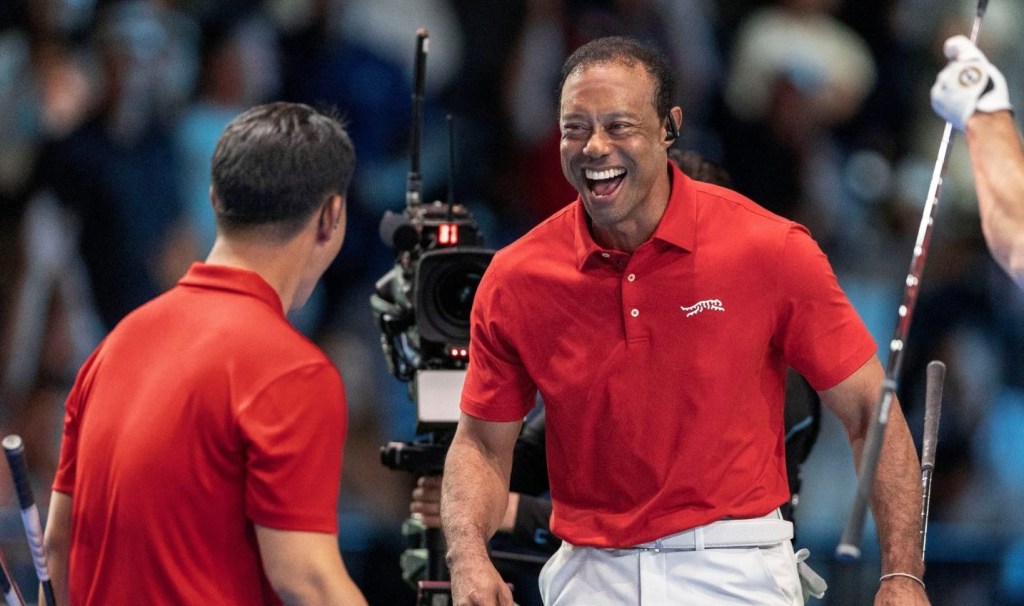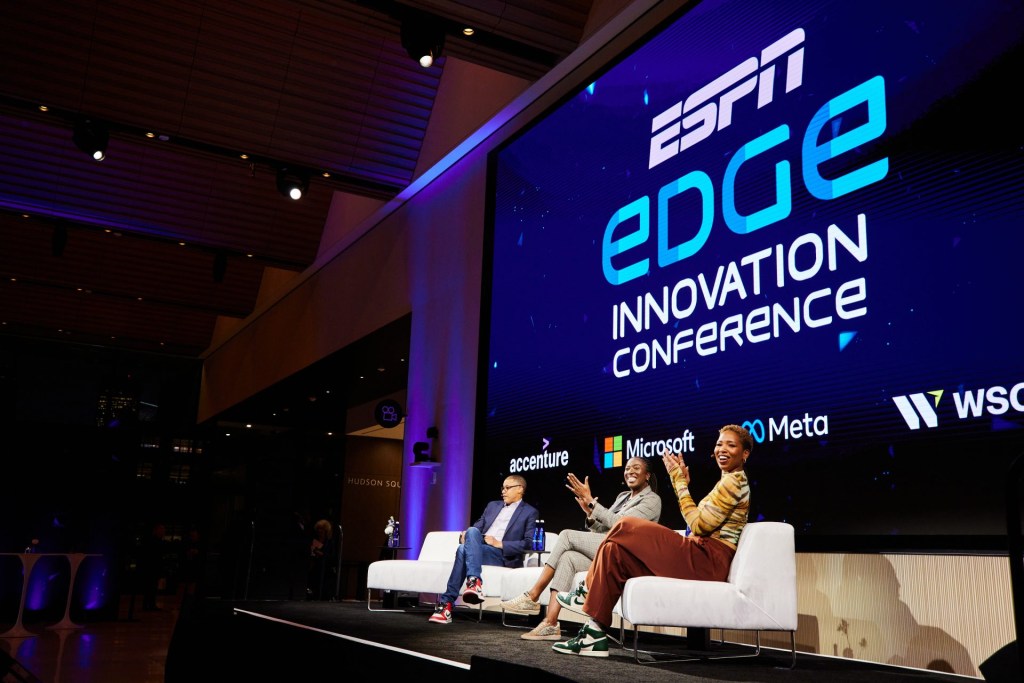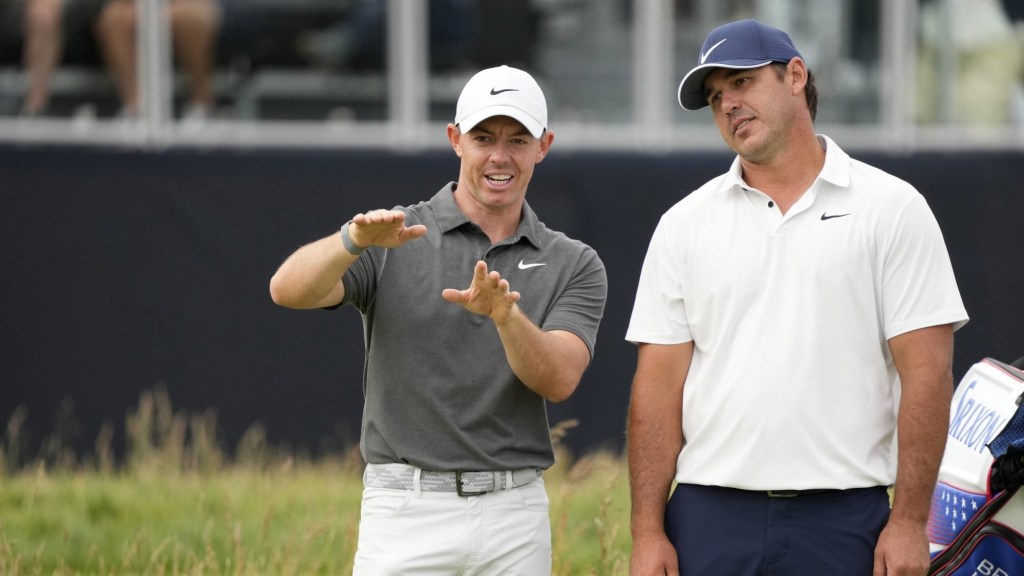Tom Brady retired just last year, while Peyton Manning called it a career in 2016. So why is Manning earning so much more in licensing and marketing income through the NFLPA than his old on-field nemesis? Part of the discrepancy could be Brady’s gap year before assuming the reins in the Fox NFL broadcast booth this fall, while Manning continues to remain front and center with his Monday Night Football alt-cast. But there are other factors, too.
In the union’s annual report filed with the Department of Labor, the NFLPA disclosed Manning earned $2.09 million in the 12-month period ending February 29, 2024, whereas Brady took in $651,938. Even Peyton’s kid brother, Eli took in more than Brady with $875,143.
The NFLPA figures capture group licensing from products like jerseys, trading cards, and video games, which are collectively negotiated by the labor group, and paid marketing appearances arranged through the union. (It does not reflect the players’ total endorsement portfolio, such as individually arranged deals like Brady’s with Under Armour and Subway.)
In his last two seasons playing, Brady took in more than $16 million through the NFLPA, according to the union’s filings. So while he did retire last year, his union haul’s sharp drop stands out.
There may be a paperwork explanation for at least some of the drop in Brady’s union earnings, whereas Manning earned the sixth-most NFLPA negotiated income of any NFL player. A former union executive said some retirees, no longer bound to the NFLPA, negotiate their jersey and card deals directly, and Brady may have done so. Other former players choose to stay within the NFLPA ecosystem. Manning, for what the former official described as “administrative reasons,” continued to let the union run the endorsements that are part of group licensing.
Brady is still earning money through the union, though it’s not clear in the annual report whether his income is derived from marketing appearances and/or licensing.
The big NFLPA earners in the last year sheds more light: Patrick Mahomes took in $3.6 million through his 2PM LLC, while his safety blanket Travis Kelce reeled in $2.4 million. Buffalo Bills quarterback Josh Allen scored $2.6 million, and divisional counterpart Aaron Rodgers earned $1.6 million despite only playing four snaps last season for the New York Jets.
“Social media—think about (Brady) vs. these younger guys—he’s a family man with kids while the younger generation wants to connect with people who they more or less aspire to be or can relate to more often than not,” said Doug Shabelman, CEO at Burns Entertainment, which matches celebrities with brands. “Brady was great, [and] still is an insanely hot commodity for endorsements, etc., but there is a whole host of youngsters that are closer in age and his ability level to an extent that are more current.”
The most noteworthy income figure for a player? That would have to be the recently retired center Jason Kelce, whose fame has surged because of his brother Travis’s relationship with Taylor Swift, and the gridiron duos’ top-rated New Heights podcast. Offensive linemen like Kelce are lucky to crack six figures in income earned through the union, as it’s the skill players like QBs and wide receivers that drive jersey and card demand, as well as requests for sponsor appearances.
But the elder Kelce earned $1.04 million through the NFLPA. That is starkly different from the previous two seasons, when he earned through the union $120,719 and $33,313, respectively, the typical range for a lineman.
The NFLPA document also discloses former executive director DeMaurice Smith earned $8.2 million, though $3.8 million of that is derived from deferred pay, in the 12 months ending Feb. 29. His replacement, Lloyd Howell, started mid-way through the fiscal year and earned $2 million.

















